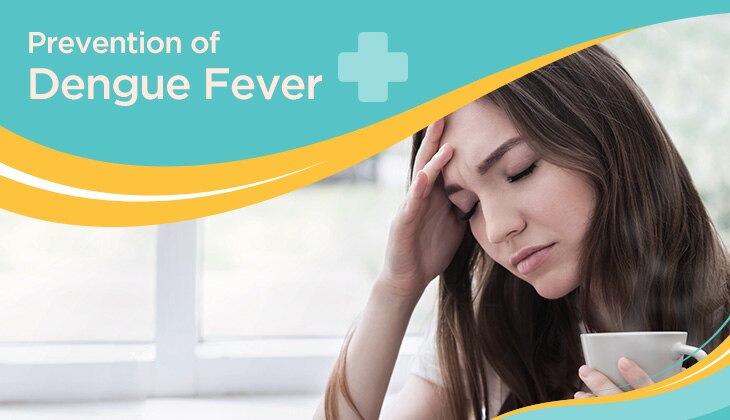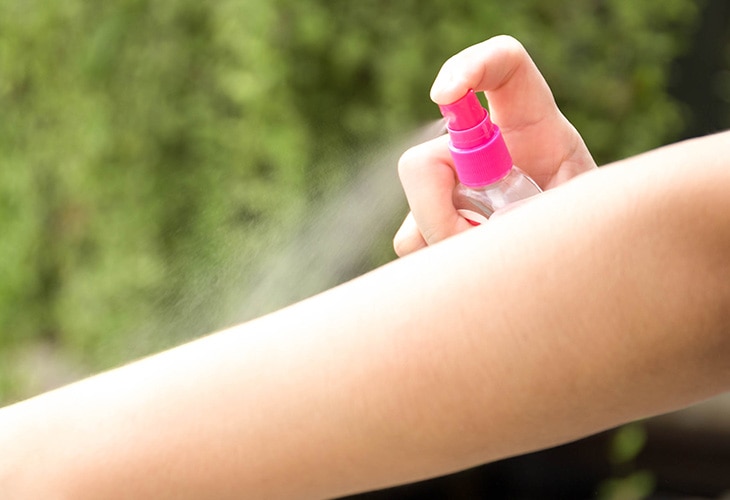
Dengue fever is transmitted by the bite of an Aedes mosquito infected with a dengue virus. The infection is commonly find in the tropical and sub-tropical regions. Sometimes, symptoms are mild and can be mistaken for those of the flu or another viral infection. However, serious problems can develop, which include dengue hemorrhagic fever, damage to lymph and blood vessels, bleeding from the nose and gums, enlargement of the liver, and failure of the circulatory system.
Awareness is the first step in prevention. As various Asia countries are considered as areas with great Dengue infection risk and there are no known vaccines to protect us against the Dengue virus, we need to take effective precautions to decrease the likelihood of being bitten by Aedes mosquito.

Aedes mosquito are most active from dawn to dusk, but they can also bite at night, so during these hours of the day, you can stay in air-conditioned or well-screened housing. During the day when you’re out or go into mosquito-infested areas, remember to wear protective clothing like a long-sleeved shirt and long pants in bright colour, as well as socks and shoes.

When you’re out and about, always use mosquito repellent. Apply permethrin to your clothing and shoes, you can also buy clothing made with permethrin already in it. For your skin, use a repellent containing at least a 10% concentration of DEET, and for kids, DEET levels should be no more than 35%.

The ultimate way to prevent Dengue fever is to reduce mosquito habitat. Aedes mosquitoes typically breed in standing water. Reduce the breeding habitat by paying attention to water cisterns, unsealed septic tanks, decorative fountains, discarded tyres and bottles or boats and other vehicles that may collect water while stationary.

Get your favorite health, beauty and wellness products at Watsons. Shop online here!




